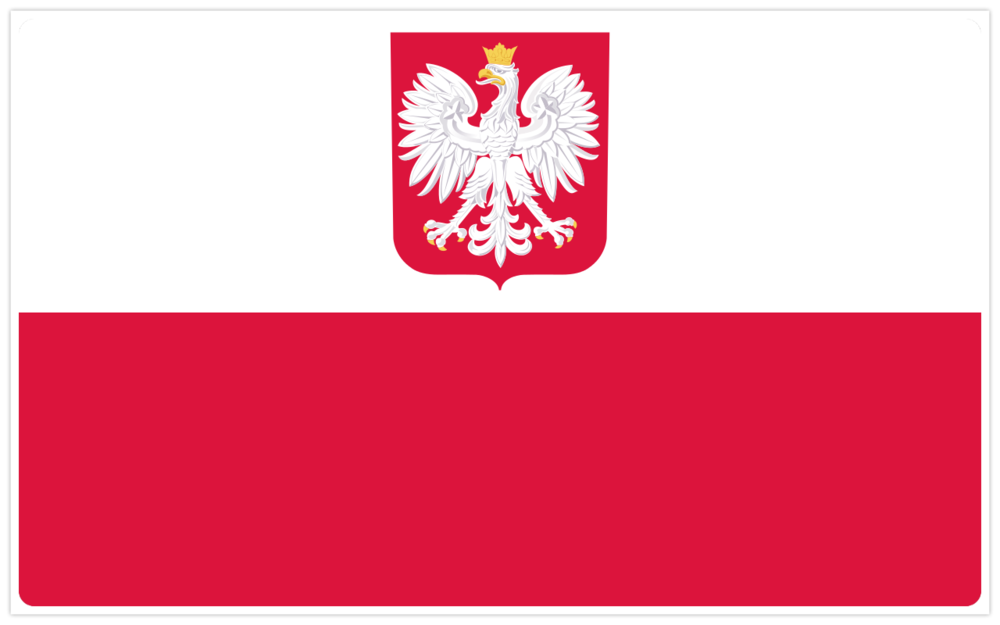Since Brexit, many businesses and individuals involved in trade between the UK and the EU have questions about customs duties, how to calculate them, and whether it’s possible to pay less or delay payment. In this article, we’ll explain how customs duties are calculated post-Brexit, what factors affect the duty rates, and when you might qualify for exemptions.
What Is a Customs Duty?
Customs duty is a tax imposed by a government on goods being imported across a customs border. Essentially, it’s a type of tax aimed at protecting domestic producers. In the context of trade between the UK and the EU, customs duties apply after Brexit, as the UK is no longer part of the EU Customs Union.
Important: The EU and the UK have signed the Trade and Cooperation Agreement (TCA), which provides preferential tariff rates for certain goods, but not all goods are exempt from customs duties.
How to Calculate Customs Duties after Brexit?
Calculating customs duties might seem complicated, but let’s simplify it with an example. Let’s assume a company in the UK imports power tools from Poland worth £10,000, with additional transportation costs of £1,000, making the total customs value £11,000.
The tariff code for power tools is 8467 21 10 90, with a customs duty rate of 2.7%. This means the customs duty would amount to £297 (11,000 x 2.7%). To calculate VAT, add the customs duty to the customs value, and apply the VAT rate. In the UK, the VAT rate is 20%, so the VAT would be £2,259.40 (11,297 x 20%).
Therefore, the total customs and tax charges would be £2,556.40.
What Affects the Amount of Customs Duty?
Several factors determine the amount of customs duty you’ll pay:
Customs Value of the Goods: This includes the value of the goods plus transportation, insurance, and any other additional costs.
Tariff Code (HS Code): The customs duty rate depends on the type of goods you’re importing. Each product category has a specific code in the Harmonized System (HS).
Origin of Goods: If the goods originate in the UK or EU and meet the rules of origin set out in the TCA, they may qualify for reduced or zero customs duties. To claim preferential rates, you’ll need a certificate of origin or a statement on the commercial invoice.
Can You Avoid Paying Customs Duties?
It is possible to avoid or reduce customs duties in certain cases. Under the Trade and Cooperation Agreement, goods that qualify as originating from the UK or EU can be traded at preferential duty rates, often 0%. However, it’s essential to provide the correct documentation, such as a certificate of origin.
In addition, some businesses use customs warehousing to defer payment of customs duties until the goods are released onto the market. This is a useful option if you are importing large quantities of goods but don’t intend to sell them all immediately.
Key Changes in Trade after Brexit
- Customs Declarations: Both UK and EU businesses are now required to file customs declarations for imports and exports.
- Customs Checks: Goods are subject to customs inspections and controls at the border, which may include sanitary and phytosanitary checks for certain products.
- EORI Number: To trade between the UK and EU, businesses must obtain an EORI number (Economic Operator Registration and Identification).
Conclusion
Customs duties post-Brexit can be complex, but by understanding the rules of origin, tariff codes, and proper documentation, businesses can avoid unnecessary costs. If you’re unsure about the process, working with a professional customs agent can help you navigate customs clearance and ensure all procedures are followed correctly.


